Challenges and mistakes to avoid during your SCADA upgrade
Upgrading a SCADA system is a major task that comes with its challenges. While the benefits are clear – better performance, improved security, and enhanced integration – the process can be difficult. Understanding these challenges and avoiding common mistakes is key to a successful upgrade.
This is part 4 of a six-part series on SCADA system upgrades. In this series, we explore each stage of the upgrade process in detail, including:
- Part 1: 7 Warning signs your SCADA system needs an upgrade
- Part 2: 8 Reasons to upgrade your SCADA system with AVEVA
- Part 3: Step-by-step guide to upgrading your SCADA system
- Part 4: Challenges and mistakes to avoid during your SCADA upgrade
- Part 5: Expert tips for a successful SCADA system upgrade
- Part 6: Exploring the different types of AVEVA SCADA solutions
With our expertise as an AVEVA Endorsed System Integrator, you can navigate these challenges smoothly. This article covers the key challenges and mistakes to avoid during your SCADA upgrade.
1. Complex processes:
SCADA upgrades are complex and involve many parts, like system customization, hardware and software integration, data migration, testing, and documentation. For businesses without experience in SCADA upgrades, this complexity can feel overwhelming.
To handle this, create a detailed project plan that outlines each step and assigns responsibilities and timelines. Working with experienced professionals or a trusted SCADA vendor can simplify the process and ensure it’s done right.
2. Downtime concerns:
Minimizing downtime is a big concern during SCADA upgrades. Industrial operations depend on continuous monitoring, and downtime can lead to lost productivity and financial losses.
To reduce this risk, schedule the upgrade during periods of low activity, like weekends or maintenance windows. Consider upgrading in phases to test and adjust between steps. Careful planning can help reduce the impact on operations.
3. Risk management:
SCADA upgrades carry risks, like data loss, integration issues, bugs, or employee resistance to new systems. Effective risk management is crucial to prevent these problems.
Start with a risk assessment to identify potential issues. Develop strategies to handle each risk, such as data backups to avoid loss or extra employee training. A solid risk management plan prepares you for challenges and lowers the chance of serious problems.
4. Cost considerations:
SCADA upgrades, including software, hardware, licensing, training, and labor expenses, can be costly. The high upfront cost can cause businesses to delay upgrading and stick with outdated systems.
However, maintaining old systems can lead to higher long-term costs through increased maintenance, lower efficiency, and security risks. By carefully budgeting and exploring financing options, businesses can manage the upgrade cost and benefit from long-term savings.
5. Expertise requirements:
SCADA upgrades require specialized skills, especially in configuring and integrating the system with existing infrastructure. Managing the upgrade internally can cause mistakes and delays without the right expertise.
To avoid this, consider hiring experts or partnering with an AVEVA Endorsed System Integrator like us. We can provide the technical knowledge to ensure a successful upgrade.
6. Compatibility issues:
Compatibility is crucial when upgrading SCADA systems. The new system must work seamlessly with existing hardware, software, and connected systems. Compatibility problems can lead to disruptions, data errors, and more maintenance.
To avoid this, compatibility testing must be performed before fully deploying the new system. Test integration with key components like PLCs, HMIs, ERP systems, and databases. Identifying and fixing compatibility issues early will save time and prevent costly disruptions during the upgrade.
7. Common mistakes to avoid:
- Poor planning: Inadequate planning can lead to disorganization, delays, and cost overruns. Develop a detailed project plan that covers all aspects of the SCADA upgrade to avoid these issues.
- Lack of stakeholder involvement: Not involving key stakeholders can result in a lack of support. Keep them informed and engaged throughout the process to ensure the system meets everyone’s needs.
- Inefficient communication: Clear communication is essential. Regularly update team members, vendors, and stakeholders on progress, challenges, and any changes to the plan.
- No risk mitigation plan: SCADA upgrades come with risks. Create a risk mitigation plan to handle potential issues, including backup strategies if problems arise.
- Skipping testing: Rushing or skipping testing can cause problems later. Thoroughly test the system to ensure it works as expected and integrates smoothly with your infrastructure.
- Inadequate training: Ensure all relevant staff, including operators and IT personnel, receive proper training on the new system. This will reduce errors and help users feel comfortable with the upgrade.
- Ignoring post-implementation support: After the upgrade, ongoing support is crucial. Set up a support plan with vendor assistance, regular updates, and a clear process for handling issues.
Conclusion:
Upgrading your SCADA system can be complex, but understanding common pitfalls and avoiding mistakes will lead to a successful outcome. Proper planning, effective risk management, and expert involvement are crucial to navigating the process smoothly. A modern, efficient, secure SCADA system will greatly benefit your business. As an AVEVA Endorsed System Integrator, we help businesses upgrade SCADA systems with confidence.
Avoid the pitfalls of SCADA upgrades. Contact us, your trusted AVEVA Endorsed System Integrator, for expert guidance and a smooth upgrade process.
-
Brochurer og guides
AVEVA white paper
White paper: Accelerating your manufacturing transformation with enhanced HMI/SCADA
-
Brochurer og guides
AVEVA infographic
Infographic: 5 ways modern cloud-connected operations control outperforms legacy HMI/SCADA
















